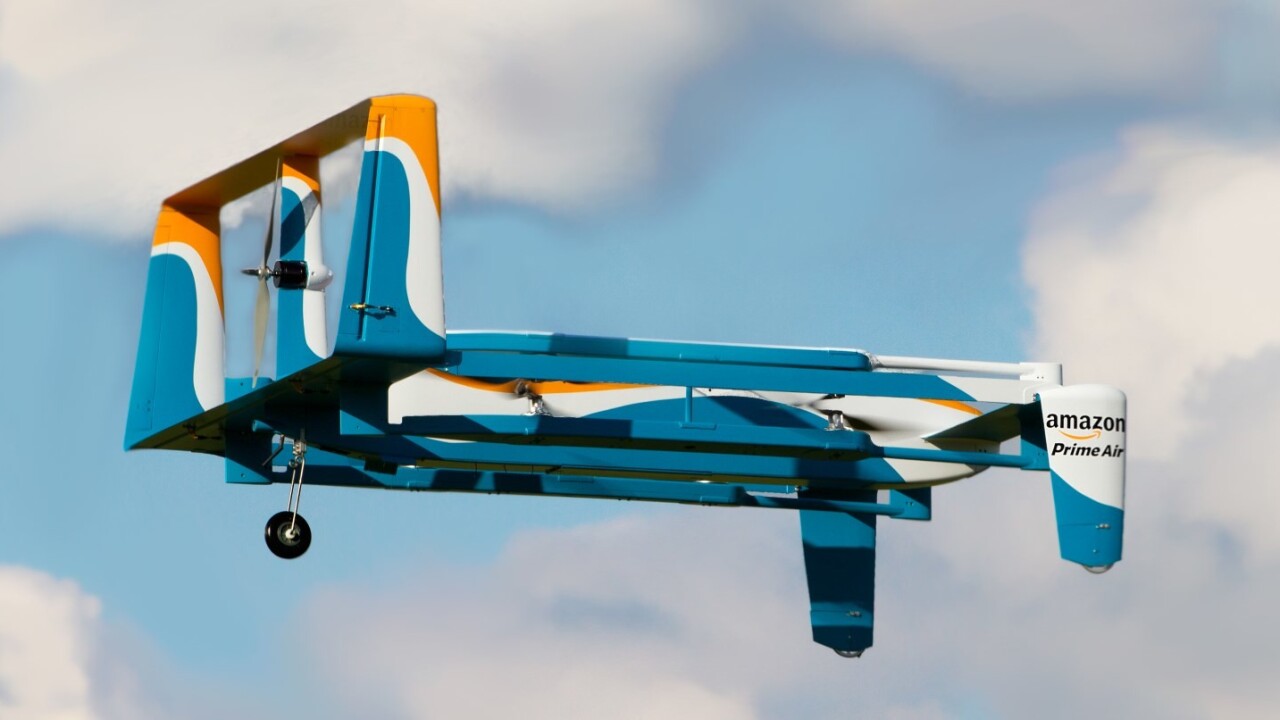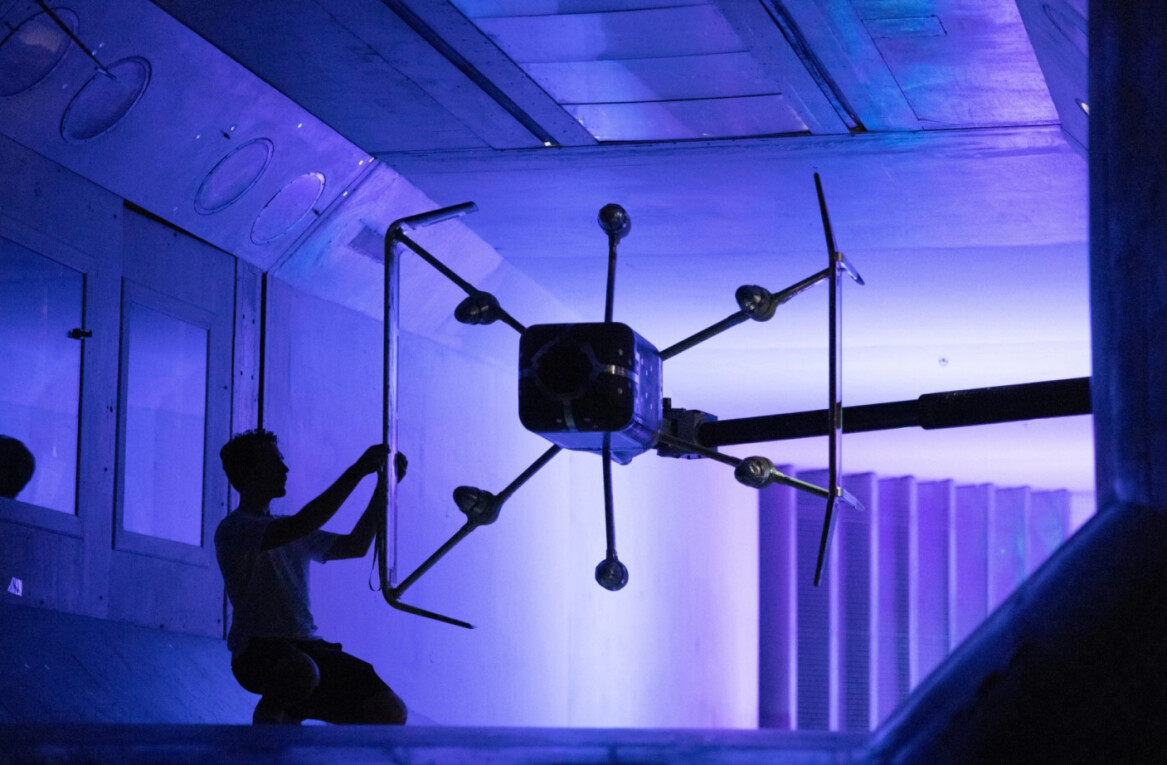
In an interview with Yahoo’s David Pogue, Amazon’s vice president for global public policy Paul Misener shared some details about the company’s Prime Air drones which it will use to deliver packages over ranges of 10 miles or more in under 30 minutes.
In November, the company showed off a prototype drone that could carry a payload of up to five pounds and fly at altitudes under 400 feet.
Misener explained that Amazon is working on a range of drones for various kinds of environments:
We have different prototypes we’re working on simultaneously — different kinds of drones for different kinds of delivery circumstances. Our customers in the United States live in hot, dry, dusty areas like Phoenix, but they also live in hot, wet, rainy environments like Orlando, or up in the Colorado Rockies.
Likewise, obviously, our customers live in a wide variety of buildings. Some live in rural farmhouses, some live in high-rise city skyscrapers, and then everything in between, in suburban and exurban environments. We want to be able to serve all of those customers. And it may take a different kind of a drone to best work in each one.
As for apartment buildings, Misener said that Amazon might need to rethink its designs:
We’re working on it. And again, it might be changing the design of the drones, so that they better serve that kind of an urban environment.
He also explained the company’s “sense and avoid” technology that helps drones prevent collisions:
These drones are more like horses than cars — and let me explain why. If you have a small tree in your front yard, and you want to bang your car into it for some reason, you can do that. Your spouse might not be happy with you, but you can do it.
But try riding a horse into the tree. It won’t do it. The horse will see the tree and go around it. Same way our drones will not run into trees, because they will know not to run into it.
Misener noted the regulatory challenges involved in introducing these drones in countries across the world. Amazon has proposed a multi-tier airspace to separate drones from other types of aircraft, in which manned vehicles would fly above 500 feet and drones would operate between 200 and 400 feet.
The US Federal Aviation Administration (FAA) granted Amazon permission to test its commercial drones in April 2014, but is yet to firm up regulations concerning their use.
Misener said that if the FAA can’t implement its rules by the time the company’s drones are good to go, Amazon is prepared to launch Prime Air in other countries that are ready for it.
Last March, The Independent reported that UK transport minister Robert Goodwill said he had been approached by Amazon executives to test Prime Air drones in the country.
Goodwill added that the government is “working with Amazon and working on the whole issue of drones… We’re meeting with the British Airline Pilots Association and we’re both keen to innovate.”
➤ Amazon Reveals Details About Its Crazy Drone Delivery Program [Yahoo Tech]
Get the TNW newsletter
Get the most important tech news in your inbox each week.




